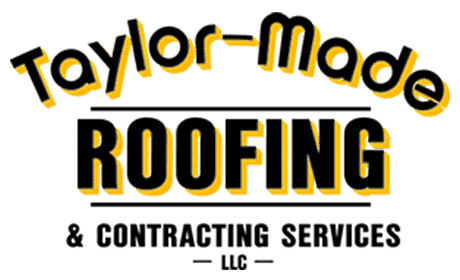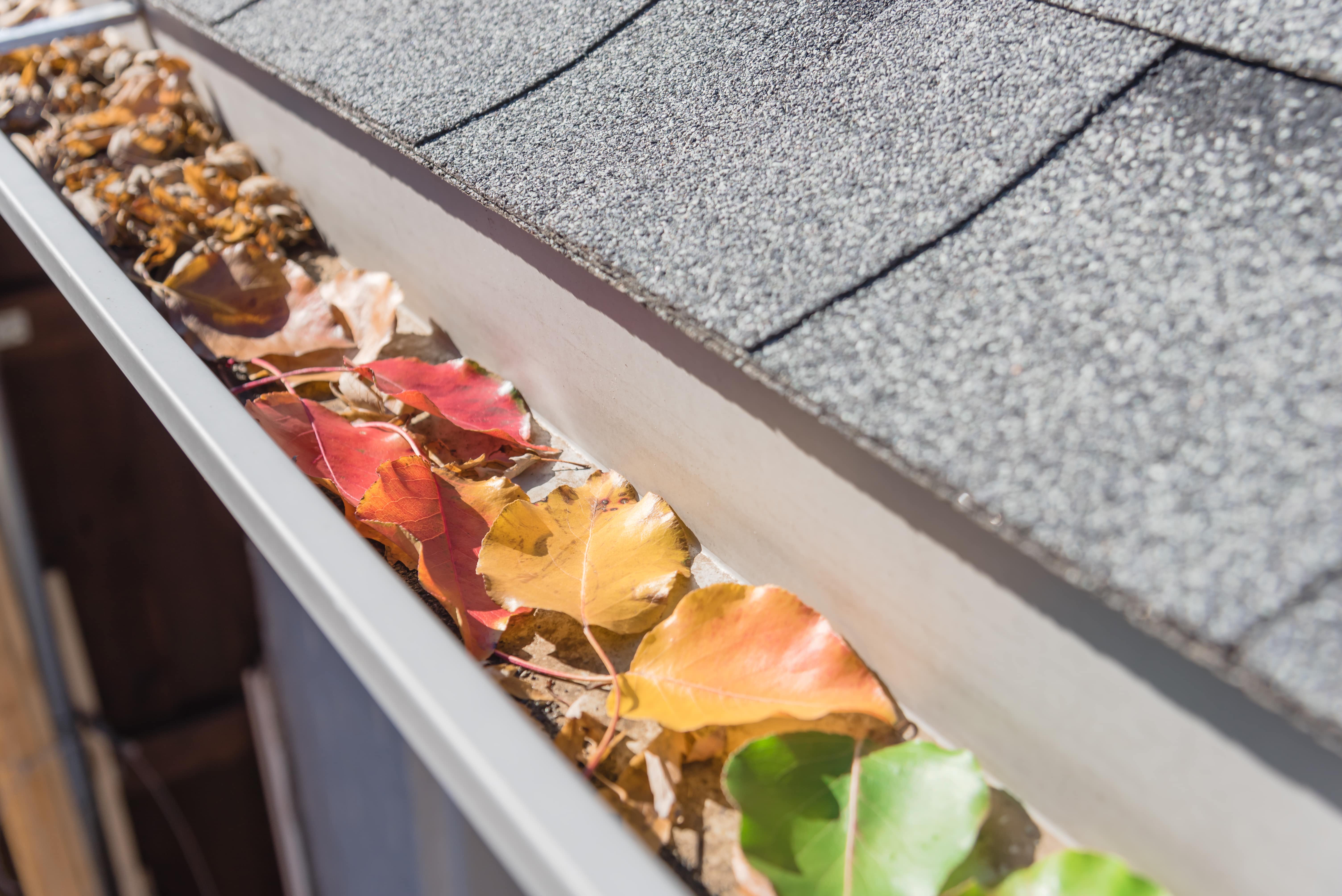Your home’s gutter system plays a vital role in protecting your house from water damage. Without an effective gutter system, rainwater can accumulate around your home’s foundation, leading to serious issues, including structural damage, mold growth, and even basement flooding. Selecting and properly installing the best gutter system for your home is critical to preserving your property’s integrity and preventing costly repairs.
Finding the Best Gutter System for Your Home
Just as homes vary, the ideal gutter system will vary depending on the details of your roof, your property, and your personal preferences. To get started, explore the components of a gutter system and then dig into the various materials and styles available.
Gutter System Components
A gutter system consists of several components that work together to manage rainwater:
- Gutters: The horizontal channels that capture water (including rainwater, melting snow, and melting ice) shedding off of the roof
- End Caps: Caps installed at the ends of gutters to prevent water from spilling out
- Fascia Brackets: Brackets that attach to the eaves of the roof to support the gutters from below
- Downspouts: Downspouts, sometimes referred to as leaders, are pipes that carry water from the gutters to the ground
- Downspout Brackets: Brackets that secure downspouts to the side of the house
- Elbows: Elbows change the direction of the downspout to hold guide water to the appropriate spot
Types of Gutters
Seamless Gutters
Seamless gutters are custom-made to fit your home and are made from a single piece of material, significantly reducing the likelihood of leaks. They offer a sleek, uniform appearance and require less maintenance than sectional gutters. Because they are cut to length on-site, seamless gutters require professional installation.
Sectional Gutters
Sectional gutters are made up of several smaller sections joined together. They are more affordable and easier to install, making them a popular choice for DIY enthusiasts. However, the joints between sections can be prone to leaks and may require more frequent maintenance.
Gutter Materials
Another consideration you’ll need to weigh when looking for the best gutter system for your home is the material used to make the gutter. Aluminum, vinyl, steel, zinc, and copper are among the most common options, each with pros and cons.
Vinyl
Vinyl is the most affordable gutter material available. Vinyl gutters are easy to install and are resistant to rust and corrosion. However, vinyl is less durable than other materials and can become brittle in cold climates, leading to cracking.
Aluminum
Aluminum is a popular, affordable, rust-resistant, low-cost metal option for gutters. Lightweight aluminum can be prone to bending or denting, but heavyweight aluminum is durable.
Steel
Steel is an extremely strong and durable material for gutters, often well-suited to homes in areas prone to harsh weather. Steel can be treated to make it resistant to rust. However, steel gutters are heavier and more expensive than aluminum or vinyl gutters.
Zinc
Zinc is strong, long-lasting, low-maintenance, and rustproof. Zinc gutters naturally weather to an attractive matte gray. Zinc gutters are expensive and can be prone to acidic runoff from cedar-shingled roofs.
Copper
Copper is another strong, long-lasting, rustproof option for gutters. Copper gutters are highly durable and add a distinctive aesthetic appeal to your home, developing a unique patina over time. Like zinc and steel gutters, copper gutters are expensive and require professional installation.
Gutter Styles
K-Style
K-style gutters are the most popular gutter style choice for residential properties. Their flat-back and decorative front design resembles crown molding, making them functional and aesthetically pleasing. They also have a higher water capacity, making them ideal for areas with heavy rainfall.
U-Style
Also known as half-round gutters, U-style gutters have a rounded shape that complements traditional or historic homes. They are less likely to clog due to their smooth shape but hold less water than K-style gutters.
Box
Due to their large size and capacity, box gutters are typically used on commercial properties. However, they can also be installed on residential properties that require more robust water management. Box gutters are integrated into the roof structure, making them less visible and more complex to install.
Gutter Size Options
Residential gutters are usually available in different sizes, including four-inch, five-inch, and six-inch. Larger gutters cost more but are less likely to clog or overflow.
Taylor-Made Roofing is your gutter expert in Southwest Missouri. We can install durable and seamless 5″ or 6″ gutters as well as commercial box-style gutters. We can also tear off old gutters and replace them with a reliable new product. With our help, your gutters will remain safe, strong, and secure. With over 20 years of experience in residential and commercial roofing, Taylor-Made Roofing is a company that you can trust with all of your roofing needs. Our family-owned business offers quality services, a reassuring warranty, and free estimates. For more information regarding roofing options, please give us a call at 417-326-8778 or contact us online. We look forward to hearing from you!

